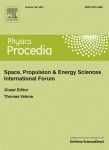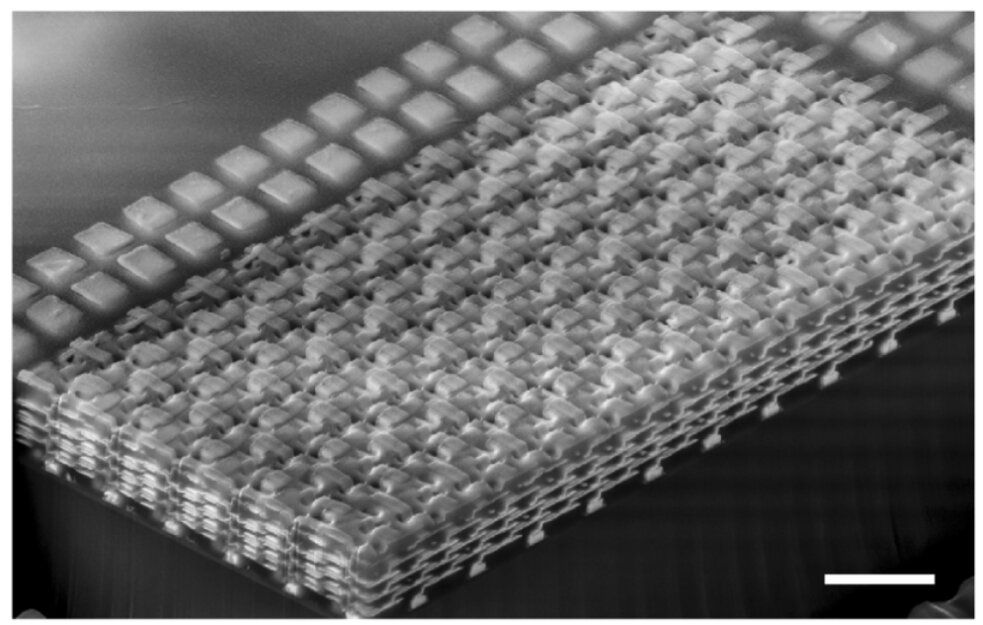May 2, 2020
Could Photonic Chips Outpace the Fastest Supercomputers?
Posted by Kelvin Dafiaghor in categories: encryption, quantum physics, robotics/AI, supercomputing
There’s been a lot of talk about quantum computers being able to solve far more complex problems than conventional supercomputers. The authors of a new paper say they’re on the pat h to showing an optical computer c an do so, too.
The idea of using light to carry out computing has a long pedigree, and it has gained traction in recent years with the advent of silicon photonics, which makes it possible to build optical circuits using the same underlying technology used for electronics. The technology s hows particular promise for accelerating deep learning, and is being actively pursued by Intel and a number of startups.
Now Chinese researchers have put a photonic chip t o work tackling a fiendishly complex computer science challenge called the s ubset sum problem in a paper in Science Advances. It ha s some potential applications in cryptography and resource allocation, but primarily it’s used as a benchmark to test the limits of computing.


















